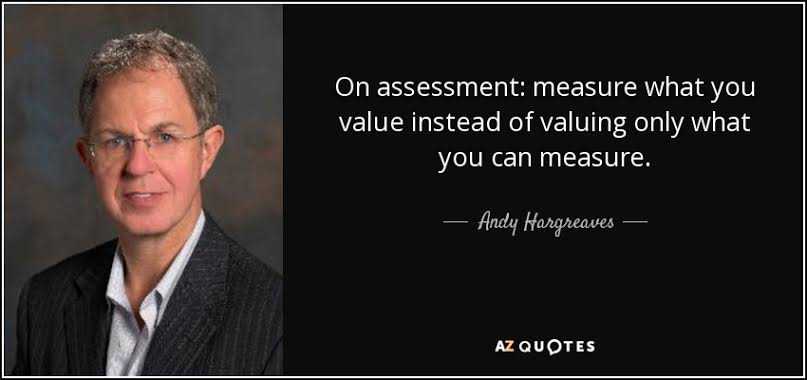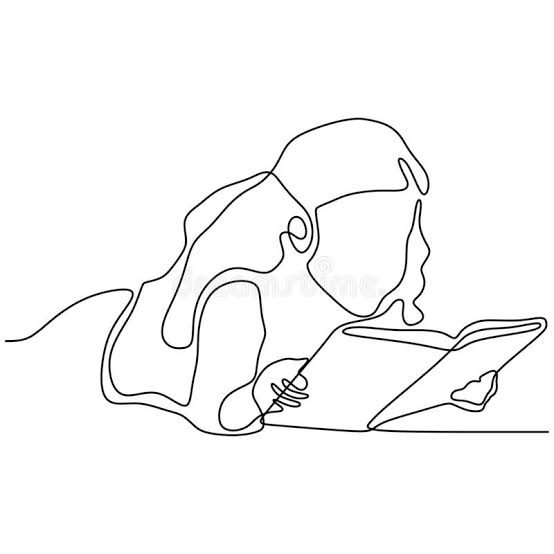
MY REFLECTIVE JOURNAL
ASSESSMENT OF LEARNING 2
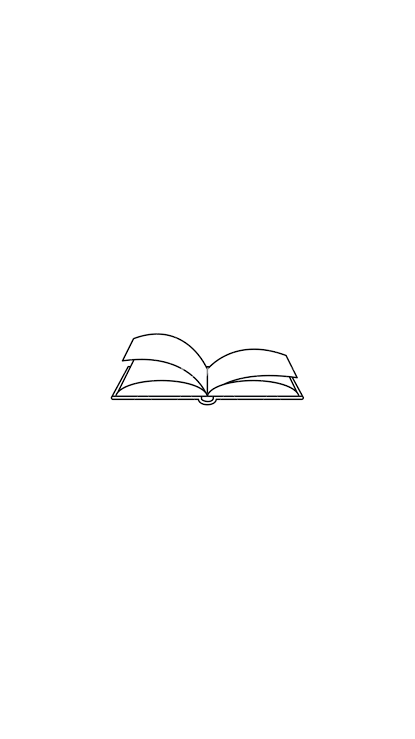



Hello there!
I'm Jona,
I wrote this blog in line with my requirement in the course Assessment of Learning 2.
HAPPY READING!
(Basic information below↓↓↓)

My morning on March 5, 2021, was not good at all. I'm not sure if it's just me, or if my classmates share my sentiment. Our day began with a less-than-pleasant morning, possibly because we were unable to complete our tasks adequately in our previous class. We were ignoring the standard we needed to achieve in that course, so it didn't end well, especially for the reporter on that day. As a result, we are looking forward to the next class to lift our spirits. Fortunately, the first group's webinar on Performance Assessment provided us with a different vibe. After listening to the discussion, I realized how the aforementioned scenario was related to the topic addressed by the speakers. As a future educator, I wondered how I could ensure that I am skillfully assessing my students' performance. How will I handle it, if one of my students fails to perform? I resume paying attention with those questions in mind.
Consequently, I was able to take in some information during the webinar. The first is the precise definition and type of performance assessment. I discovered that it is an adequate method for obtaining information about what learners can do with their knowledge, as well as how it differs from traditional assessment, in which students take their tests using paper and pencil. I used to believe that the only way to evaluate students was to give them tests and have them write essays. However, when I finally entered Senior High School, I realized that performance can actually produce outstanding products.
Moreover, with this, students can express what they have learned more in a creative means. Besides, I discover that the authenticity and the opportunities it bestowed are the characteristics of a good performance assessment. One speaker further underlined several guidelines in designing it. So, even when evaluating your students' performance, you must consider those factors in order for them to be useful. Finally, one aspect of the discussion that I appreciated was they provided suggestions for how we can conduct this type of assessment in the classroom. Likewise, they emphasized various rubrics we can utilize to administer it efficiently and successfully.
Overall, it was a fantastic experience to attend such an informative webinar. However, I anticipate more enjoyable and interactive activities from this group. I have some issues with myself in that when I stayed focused on listening, it made me sleepy, so some energizer would be convenient to keep me more attentive. Nonetheless, they delivered a promising report. I like how organized the discussion was. The way they delivered their part was also commendable.
Henceforward, I appreciate the speakers' undertakings with regards to their topic especially Ms. Kim Lois Macarat. It's admirable how she talked smoothly and confidently which is very effective for us to understand the lesson well. Hence, their presentation provided us some insights on how to assess the performance of our students in the future. I assume that they have set standards for the next discussants, to look up to. With that, I can conclude, on that day, my morning ended not in a bad temperament. I was able to catch up and remove all the negativity that happened in our previous class. I guess that webinar seems to be my mood-changer.
Special advice for myself,
Be attentive and participative especially on recitations!

When I was in Junior High School I always get inactive every time my teachers execute the same routine almost every day, particularly in Araling Panlipunan class. Somehow "I lost my appetite" in answering and accomplishing tasks because I was not that interested in it. It affects my grades to the fact that I wasn't able to deliver enough, it even weighed on my report card. I always thought that "Am I the only one who got wearied in this subject?" and then I found out that I was not alone. One parent confronted our teacher in AP, she wanted to know why among all the subjects, why is that her daughter got the lowest rate only into that certain subject. Hence, out of a sudden, after that incident, every moment that my teacher entered the room, she seemed to be so enthusiastic.
She offered new and fun activities which for me, helped us to enjoy while learning. The environment inside the class became more interactive. From being the quiet one, I became active and able to partake during recitations. I think, my teacher evaluated her way of teaching and afterward, she realized that in some aspect, it was not that beneficial since we are still failing in her class. In that point of view, I suppose that knowing your students' interests and motivation is vital. Similarly, it falls under the concept of Affective Assessment, tackled in the webinar supervised by the second group.
The discussants were apt in presenting ideas about the Affective Assessment. They have embarked on how essential it was to understand the students as learners and humans. Just like what I have experienced on the aforementioned happening I had before, recognizing the strategy of instruction is important and students are an integral part of it since they are the ones who perceive and feel the learning activities you are providing to them. The more productive it was, the more active they can be. Furthermore, as the speakers accentuated, attitude, interest, motivation, self-confidence, and values and beliefs are the affective variables in learning. This means that proper conception of these variables is crucial in measuring learning.
Teachers should put inflection on the elements they need to do to assess and engage the learners adequately in the classroom. Perhaps, my former teacher in AP used this method of assessment to discern what part she lacked. Then, she does the observation tool to infer what she needs to do to resolve the issue of her pedagogy. Therefore, I reckon that affective assessment is another promising means of determining the best way of teaching learners. Of course, there are following the guidelines to put up with. Employing a rating scale too can be practical to accumulate proximate input about the specific content you are expressing.
Going back to the story I confided in earlier, I realized two things after the webinar. The first certainty is that my teacher does a tremendous job in changing her instruction in a short span by wielding this technique. Secondly and the most valuable facet is that we, her students, truly matters to her. Imagine, being used to that manner for many years and just changing it for the betterment was tough, so I honestly commend her for that. Assessing knowledge was expected but successful learning arrives after understanding your learner's affective nature. Henceforth, I need to admit that I was not that attentive during that webinar because of my unstable connection but I want to applaud how this group exemplified their lesson. It was very clear and I think they were able to maximize their time accordingly. I supposed that this was the closest lesson relatable for me, because I, myself noticed how my teacher does it in the past.
Was it too obvious in my essay? I guess so.

For many years, I am producing various outputs every end of the quarter. More often, creating portfolios. I am used to it. It appears that it became part of my journey as a student. Aside from the fact that it helps me to monitor my knowledge for the entire period, it allows me to showcase my creative skills because I believe, when it looks pleasant and neat, it can be a plus point. Since back then I am in a pilot section, being competitive is one of our attitudes.
In my perspective, specifically around Junior High School, I thought that its evaluation only varies according to the design and how efficient you presented it. So, most of the time, I am focusing on its outer look rather than the content inside. I even got disappointed whenever my rate didn't surpass my expectations. But now, as an aspiring educator, I discovered that there are a lot of factors that I need to consider in contemplating several portfolios. It is not all about the structure of the work itself, there are other components to look at. Luckily, the lecturers from Harvard University supervised a brief and explicit forum about Portfolio Assessment.
The major point I have recalled during the webinar is that Portfolio Assessment was not just the typical type of assessing the outcome produced by the students. It should be constantly based on what is fundamental in the curriculum. It must contain not just the creations but also the self-reflections towards what they have understood. This generally means that students are required to indicate not simply the physical aspect of their work but as well as their self-evaluation. In short, their learning must be reflected in how they presented the portfolio.
Probably, those viewpoints were not expressed evidently in my aforesaid submissions that's why I can't accomplish outstanding grades. When I began to figure it out now, I infer how my former teachers analyzed my portfolio, they pondered how did I pose my mastery in the subject just by merely looking at my output. Therefore, it is a fact that not all educators are requiring attractive products. Thus, you will be assessed accordingly as long as you were able to competently demonstrated and reflect the development you have gained throughout the learning process. As the speakers stressed in the meeting, one good advantage of this method of assessment is that it accommodates diverse learning styles and monitor and assess students' progress over time.
Overall, this type of assessment offers a resort to conventional means. It enables learners to establish what they have discovered exploiting their own skillful way. Despite its shortcomings, I still recognize its purposes and I am a living testimony about its efficacy. In addition, as a future educator, I speculate to exercise this method but, I will make an effort to reinforce it with technology. I would love to see my students do such outputs, nonetheless, I need to make sure that these cater to their needs.
Henceforward, the speakers did a spectacular webinar. I feel like this was the very first meeting that I became eager to answer because of the cash prizes. With that, I came to be more attentive during the discussion given that the way the lecturers spoke, encourage me to listen and be interested in the topic. Also, It was delivered in a well-manner articulation. Likewise, I believe that this group comprises some of the best speakers in the class. There's no doubt in that literally.
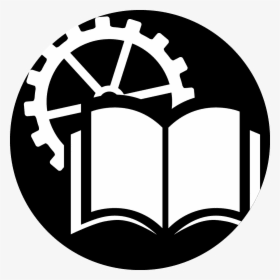
Way back when I was in Senior High School, for every performance task, we are given a chance to evaluate not just the others but as well as our own group. The teacher will provide criteria before we started the output then afterward, we are going to assess it by wielding the formulated rubric. With that, we have the right to rate what we deserve. I think my teacher wanted us to act as the decision-makers. She yearned for us to become more receptive and immersed during the presentation of the others.
In my 11th grade, this method remains until the whole semester. We are the ones who will grade ourselves then our teacher will be the one to sum it. Somehow, we helped her to lessen her job in computation. Besides, we can't complain about our final ratings since they came from us. Therefore, even before I entered the college level, I know how to practice employing rubrics since I am used to them. However, with my course, Education, I am required to learn how to properly develop and utilize one. In the webinar facilitated by the fourth group, I was able to gain knowledge on how to develop and use a rubric for alternative assessment.
I learned that, when establishing a rubric, I should begin by obtaining the goals and objectives of the task to infer how to evaluate student understanding. Likewise, as I have recognized formulating one is a dynamic strategy. When the purposes of teaching become evident to the instructor, the knowledge to interpret extents and phases of performance within the operations of the learning experience will make the improvement of a rubric manageable. It is crucial to specify which ideas, abilities, or performance precepts you are analyzing. Also, there is a need to observe the extensively vital notions or skills being evaluated in the product. Then, based on the goal of the task, define the number of scores to be manipulated. These key aspects should be underlined especially in creating an applicable rubric.
As a student, rubrics render the grading system with transparency. They outline each component, on the other hand, the instructor in the course is assigned for finalization. When it comes to assessing others, based on my experience, it helps to elucidate rating criteria while boosting more the grading procedure. I think the integration of assessment in a rubric with instruction is one of the substantial distinctions between a traditional test method. As above mentioned, it was lent to us before starting the learning experience. Therefore, it gave us insights to understand in advance how we will be assessed. So for the significance, it serves as a planning instrument not just for the teachers but also for the students.
Constructing an extensive rubric seizes work but after all, it is worth the effort. When expended appropriately, it has various advantages. I believe that it has been exhibited to encourage learners to become conscious of their learning process and development. For me, it enhances our performance. Again, it enable educators to instantly and invariably validate s tasks from learner to learner. Moreover, the speakers from were able to discussed this concepts in a more interesting manner. The host, Ms. Jhunaira Fernandez, made it more enjoyable. I remembered myself smiling during this meeting.
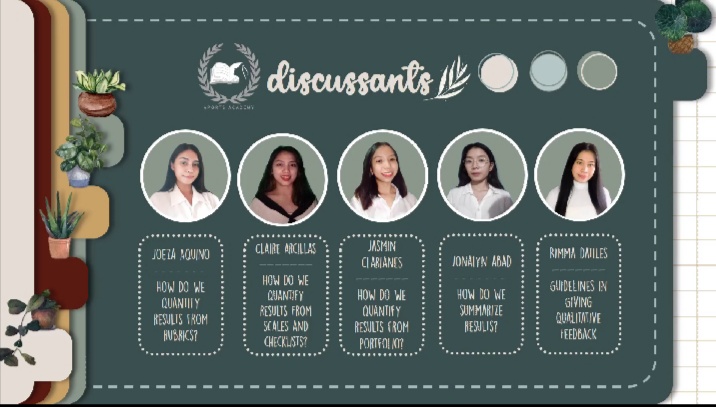
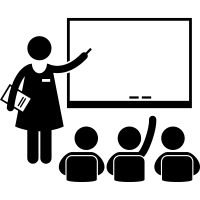
I have this type of parents who get excited every time they are receiving reports from my teachers especially when I was in grade school. Honestly, I have the opposite feeling because it might have negative comments although I perform well and did nothing wrong, it just made me anxious. The way I see it, they are delighted about it because they wanted to know the things I've been doing inside the classroom. Somehow, they preferred this technique since they were able to monitor me as a student even at home. In that manner, they can guide and help me in my learning process.
Furthermore, when I entered Junior High School, my advisers often supervised general meetings every middle of the quarter. They were able to communicate with the parents with regards to their concerns about the students' performances. I remembered that when I ceased to function in my mathematics class, Ms. Ignacio, my former adviser, gave various tips to my mother to assist me. Then, after that, my mother employed rules when I am studying wherein they are quite effective since it engages me to study hard. I wondered how did my teacher communicate well with diverse parents. After the webinar administered by the sixth group, I realized the important factors in communicating and reporting data the students have from alternative methods.
According to the speakers, one of the purposes of reporting is that it contributes to the learner's personal development and progress. In the student's outlook, when they determined the particular areas where they are lacking, they can prioritize and emphasize that specific part. Moreover, the parents can assist their children's improvement through the insights they have gathered from the report. More importantly, teachers can adjust their way of instructing the learners using the report as a key. I think, utilizing this kind of strategy gave the teachers an easier job because they are working together with the parents.
As I have mentioned earlier, my parents prefer to receive reports, so it implies that they are acquiring the benefit of this strategy. On the other hand, my teacher seems to employ it which intended to communicate the students' achievement to the guardian. Aside from that, it communicates clear information about the skills the learners have mastered. However, it primarily aims to disseminate the areas where they need more support and practice. So, my previous claim is untrue, that it only contains bad feedbacks. As a matter of fact, it is very essential because it is concerned with the student's success and failure.
The webinar executed by the discussants from group 6 enabled me to realize that this kind of method is necessary. This can benefit not only the teachers and students but also the parents. Aside from having the support present only in the school, the encouragement and emotional assistance given by the parents can strengthen the learning development. The speakers were able to demonstrate this topic clearly and aesthetically. It pleases not only my ears but also my eyes. The way they communicate and report practically defined their topic itself.
